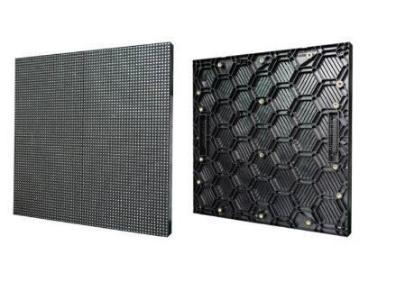source:Industry Trends release time:2023-08-25 Hits: Popular:led screen wholesaler

Listen to engineer Cheng's introduction to the entire process of LED lamp production and conduct LED experiments.
In order to have an overall understanding of the next visit, we have invited engineers to provide an overall introduction.
Afterwards, the engineer guided the child to manually operate the LED light emitting device. In the fun and fulfilling hands-on activities, children feel the small magic of physics.
Visit the dust-free workshop of the LED packaging production line.
This segment is the first to visit the production of LED lights, which involves the production of light-emitting diodes. LED (semiconductor light-emitting diode) packaging refers to the packaging of light-emitting chips. Under the leadership of the staff, the children put on dust proof suits and entered the dust-free workshop to visit the LED packaging production line.
Visit the assembly workshop, observe the assembly line operation process, and experience the packaging of LED bulbs.
Afterwards, the children learned about the process of how the packaged light-emitting diodes (LEDs) in the previous step became various functional forms of finished lamps.
After the visit, the children also experienced the joy of migrant workers firsthand and packaged the light bulbs in boxes. There is also a small competition between the children to see who can pack quickly and well.
Infrared emission principle of LED
LED is a semiconductor device that can directly convert electrical energy into light energy. Compared with other light-emitting devices, it has the advantages of small size, low power consumption, uniform emission, stability, fast care speed, long lifespan, and high reliability. It is widely used in various electronic instruments, audio equipment, computers, etc. for current indication, audio indication, and information flashing.
Luminescence principle: The core structure of a light-emitting diode is similar to that of a general diode, consisting of a PN structure. When a forward voltage is applied to the PN junction of the light-emitting diode, the space charge layer narrows and the carrier dispersion motion is greater than the drift motion, resulting in holes in the P region being injected into the N region and electrons in the N region being injected into the P region. When electrons and holes recombine, energy is released and manifested through luminescence.
There are many varieties of LED light emitting diodes, which differ according to the emission data, including gallium phosphide (GaP) light emitting diodes, gallium arsenide (GaAsP) light emitting diodes, gallium aluminum arsenide (GaAIAs) light emitting diodes, etc; According to the color of the light emitted, there are infrared light emitting diodes that emit red, yellow, green, and invisible to both eyes; If the difference is based on power, it can be divided into small power (HG 400 series), medium power (HG50 series), and high-power (HG52 series) light-emitting diodes: there are also multi-color, color changing light-emitting diodes, and so on.
Read recommendations:
outdoor tv screens manufacturer
The benefits of using LCD splicing screens
On the Packaging of LED Full Color Screens.p2.5 outdoor LED module